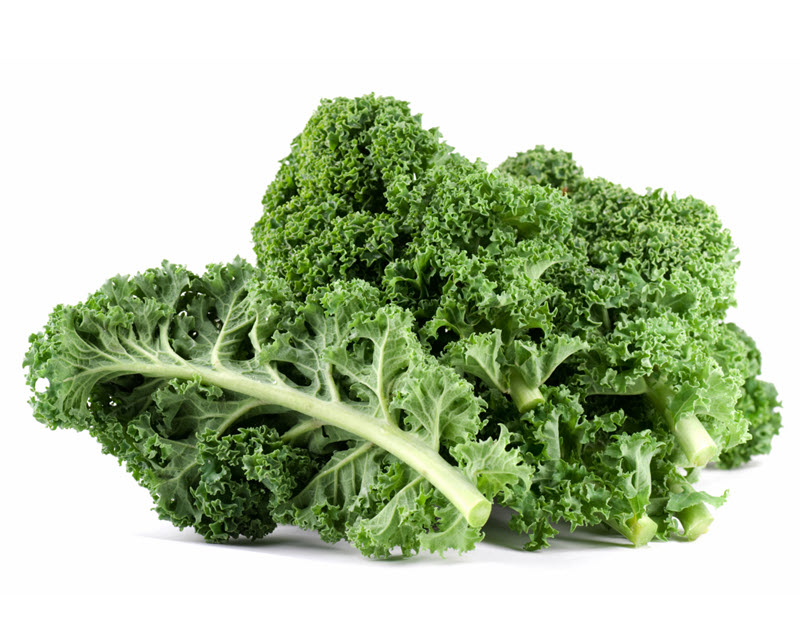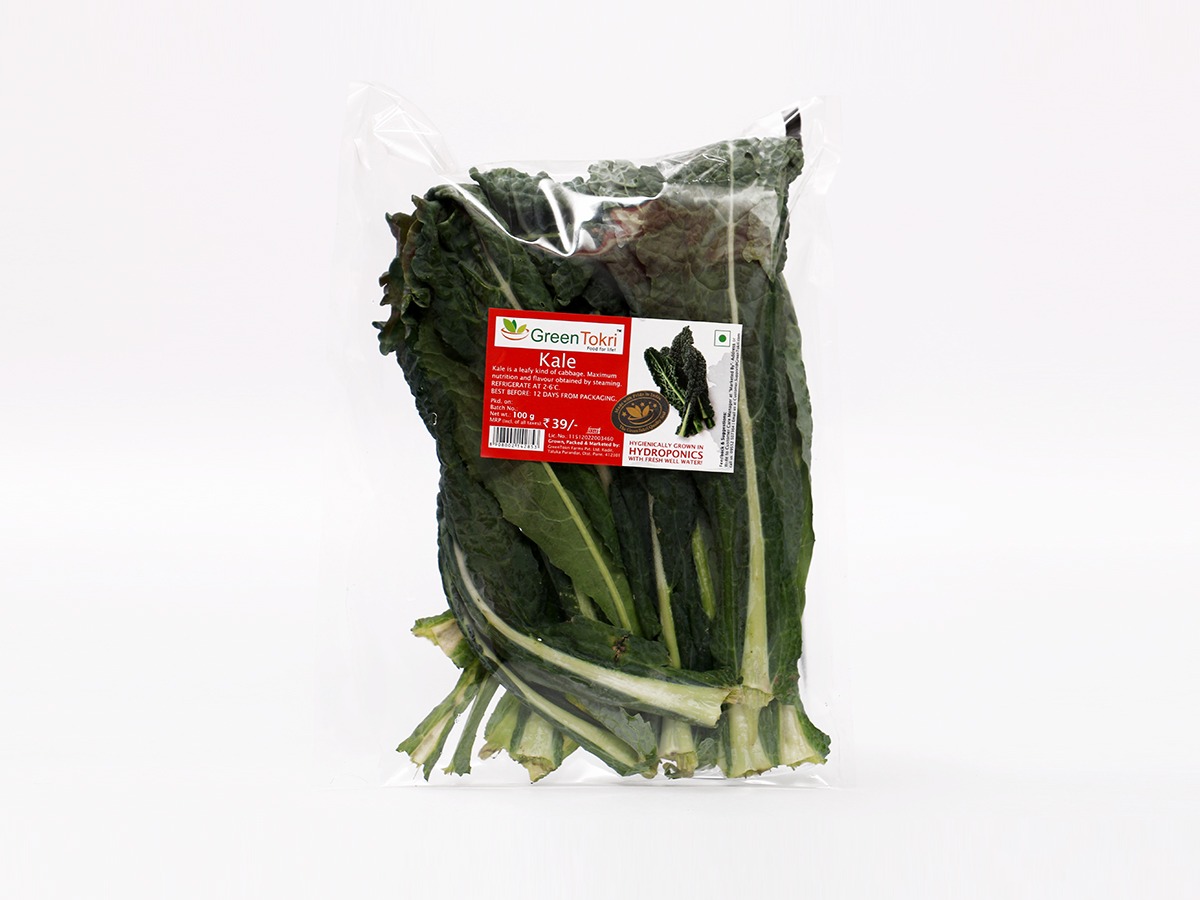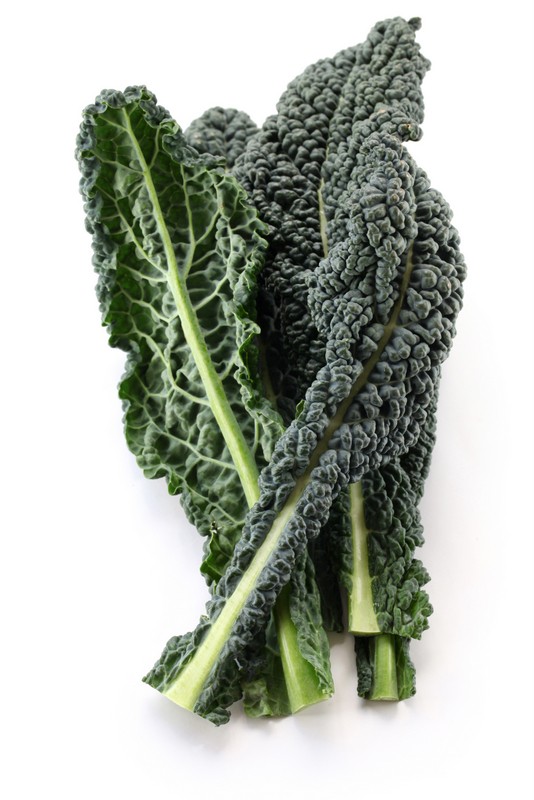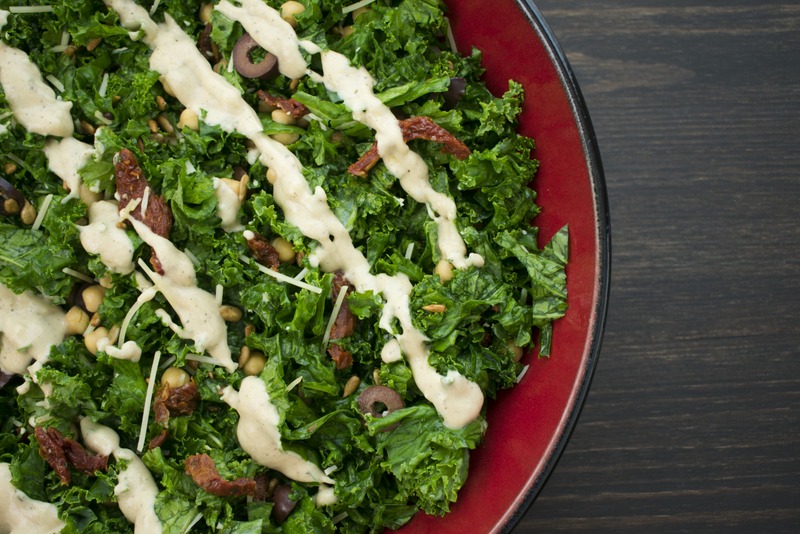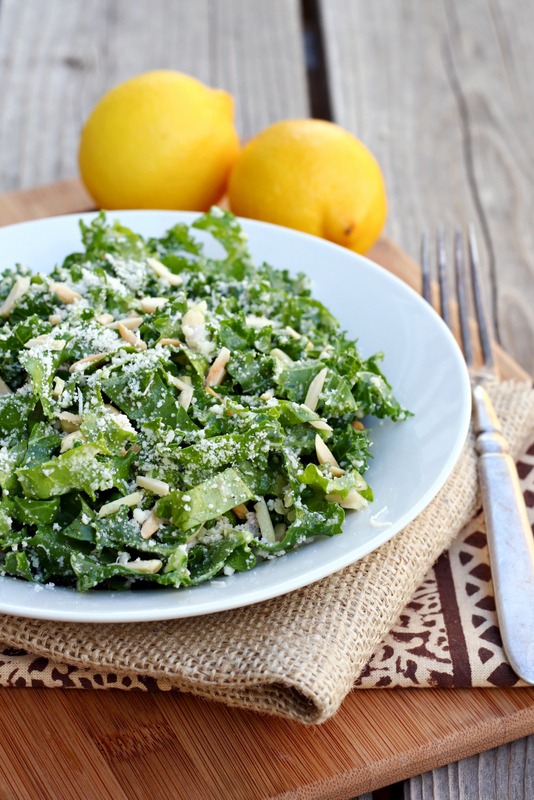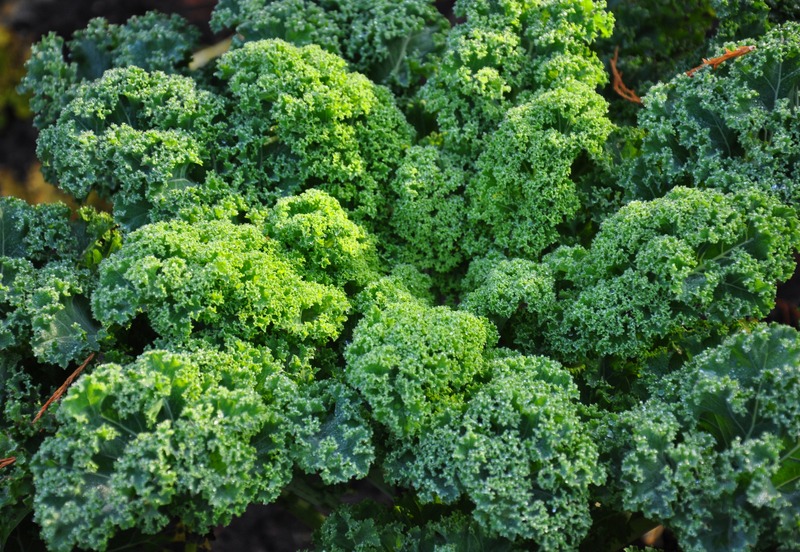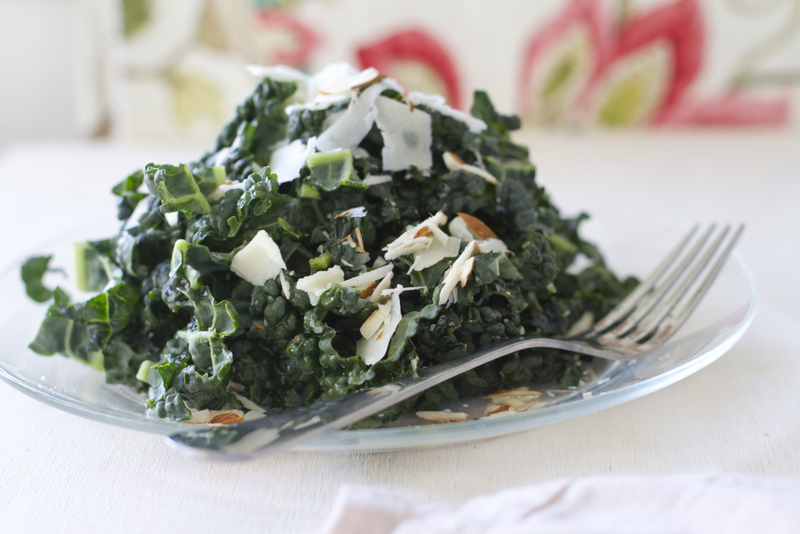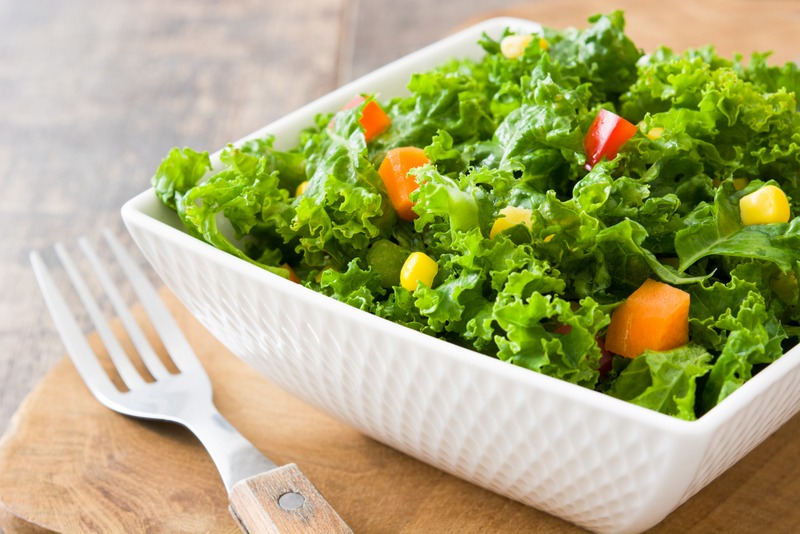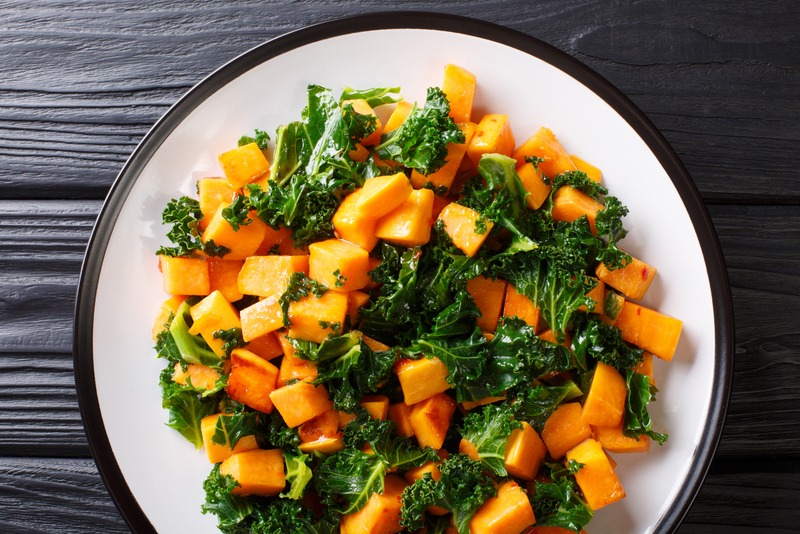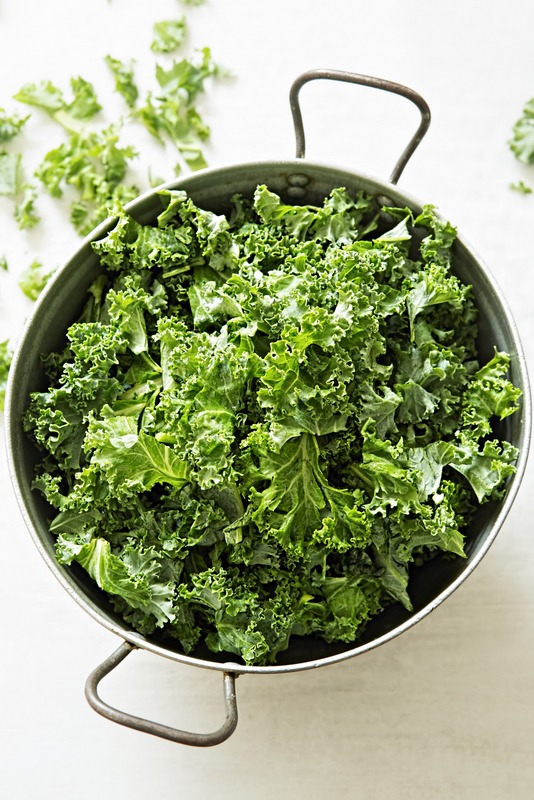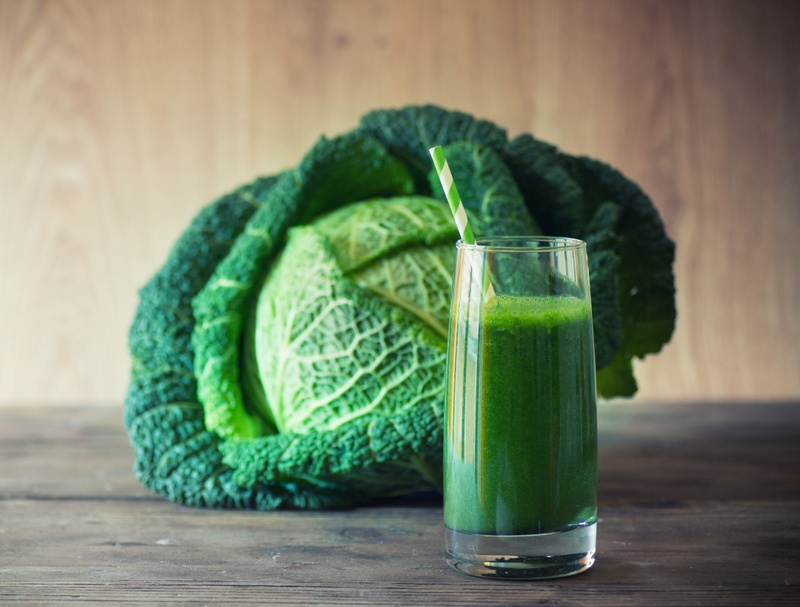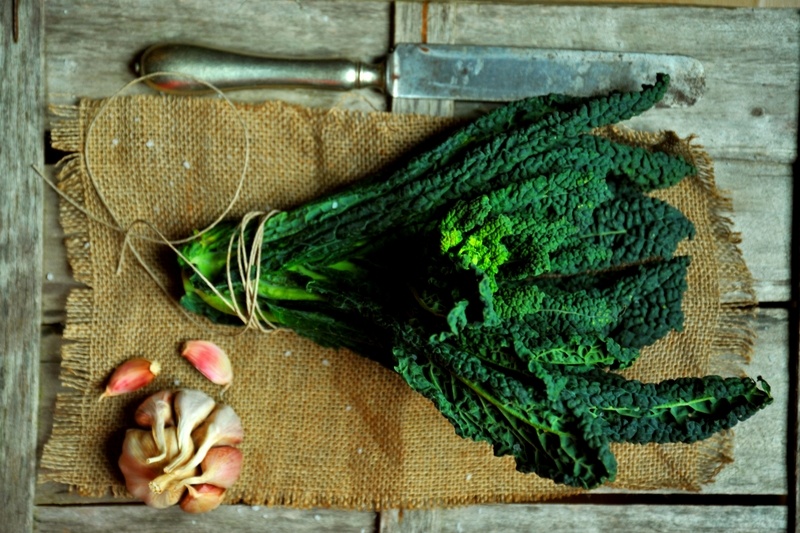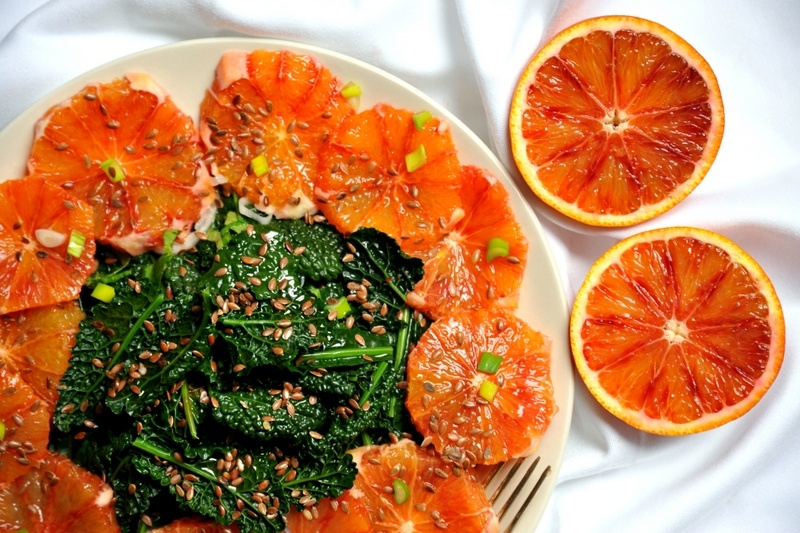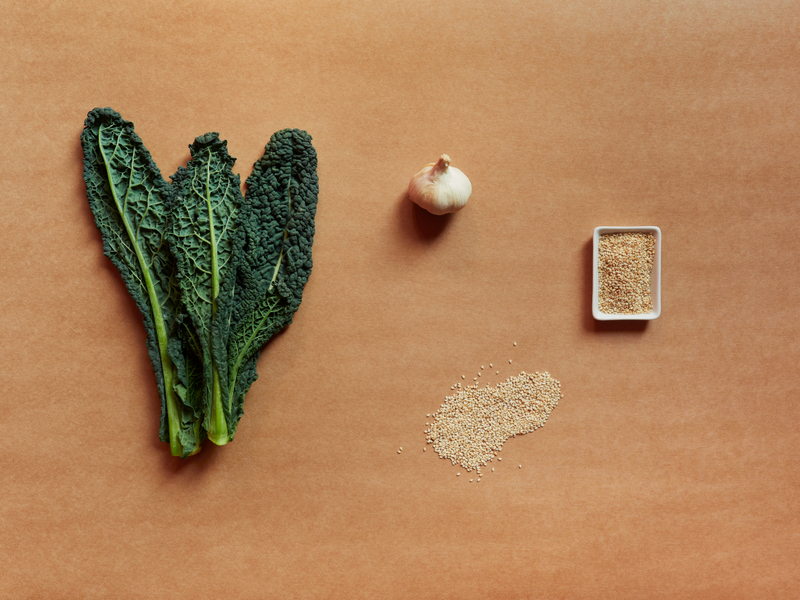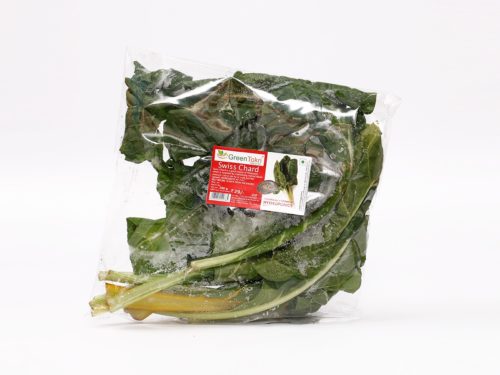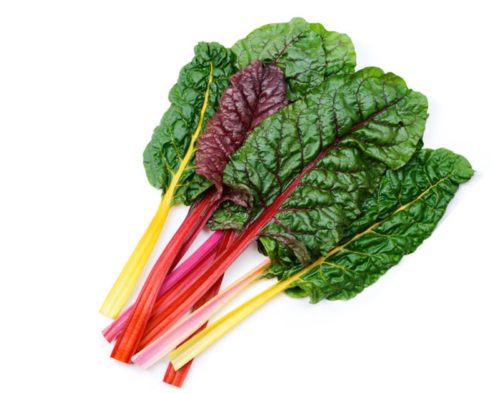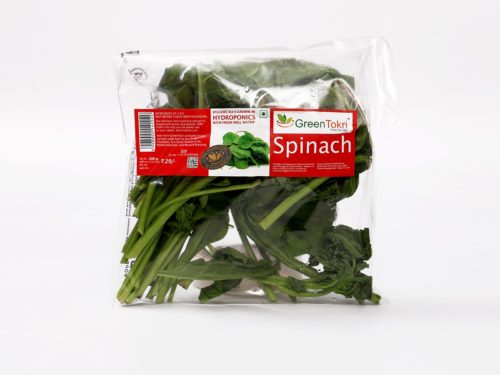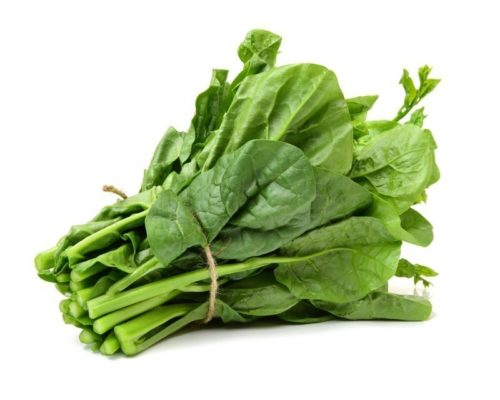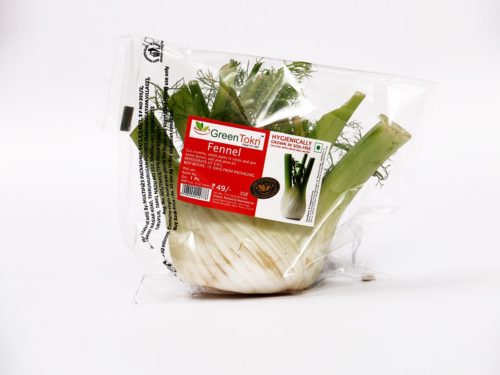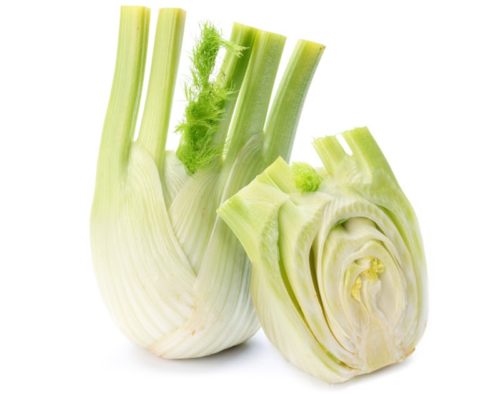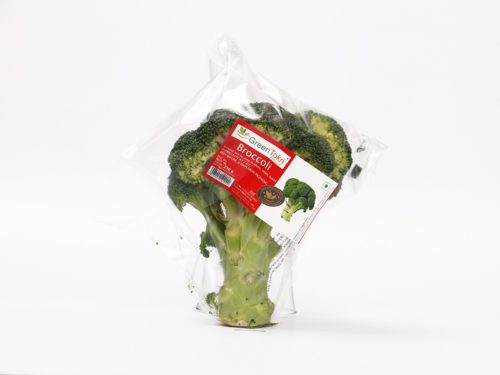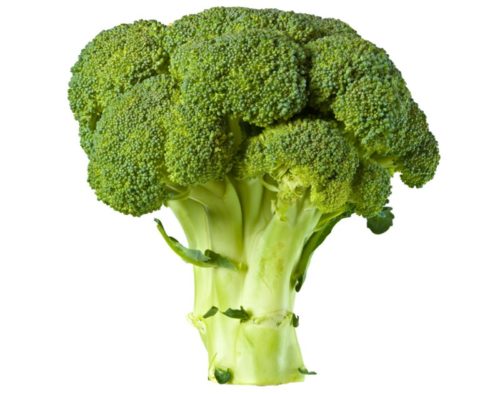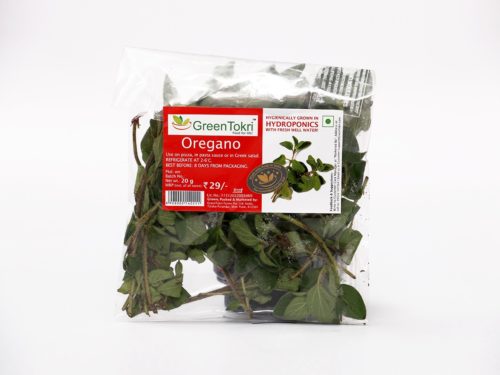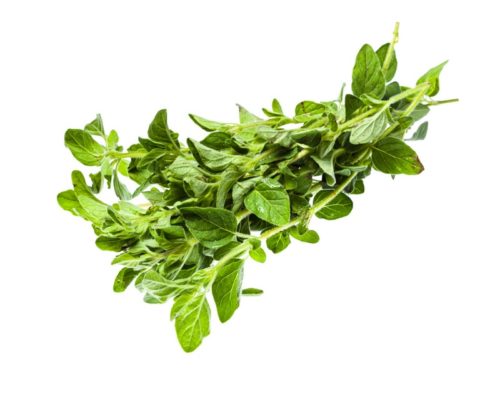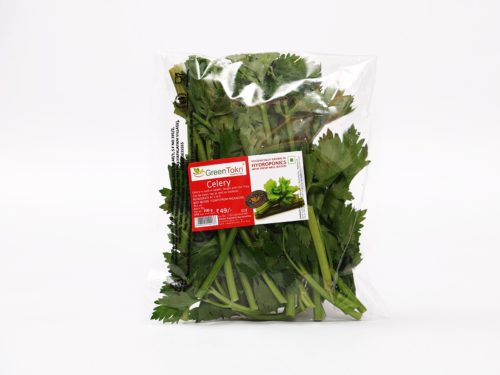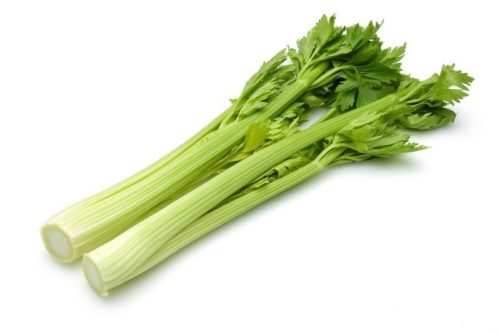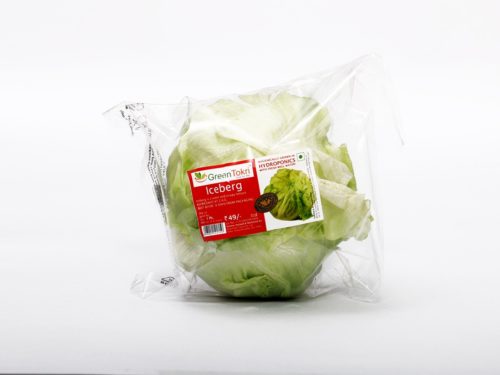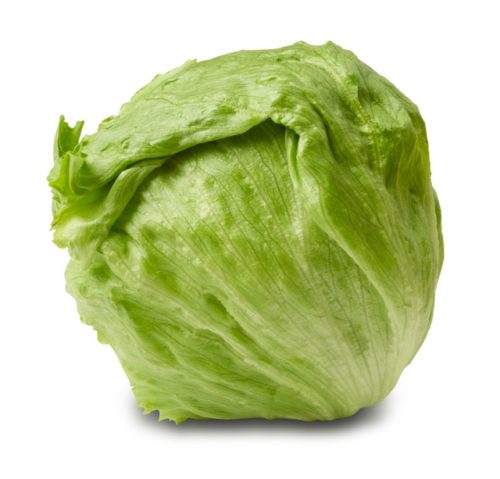In the Netherlands a traditional winter dish called “boerenkoolstamppot” is a mix of curly kale and mashed potatoes, sometimes with fried bacon, and served with rookworst (“smoked sausage”). In Northern Germany, there is a winter tradition known as “Kohlfahrt” (“kale trip”), where a group of people will go on a hike through the woods during the day before gathering at an inn where kale is served, usually with bacon and Kohlwurst (“kale sausage”).Kale is considered a Northern German staple and comfort food. In Italy, cavolo nero kale is an ingredient of the Tuscan soup ribollita. A traditional Portuguese soup, caldo verde, combines pureed potatoes, diced kale, olive oil and salt. Additional ingredients can include broth and sliced, cooked spicy sausage.
In Scotland, kale provided such a base for a traditional diet that the word in some Scots dialects is synonymous with food. To be “off one’s kail” is to feel too ill to eat. In Ireland, kale is mixed with mashed potatoes to make the traditional dish colcannon. It is popular on Halloween, When it may be served with sausages.
Shelf life: 8 days if kept at max. 6 °C.
Kale (100g)
₹49.00
In stock
In stock
Description
Kale is a leafy kind of cabbage. It contains potent anti-cancer properties. To ensure maximum nutrition and flavour cook it by steaming.
Nutritional Values
Raw kale is composed of 84% water, 9% carbohydrates, 4% protein, and 1% fat. In a 100 g serving, raw kale provides 207 kilo joules (49 kilo calories) of food energy and a large amount of vitamin K at 3.7 times the Daily Value (DV). It is a rich source (20% or more of the DV) of vitamin A, vitamin C, vitamin B6, Folate, and manganese (see table “Kale, raw”). Kale is a good source (10–19% DV) of Thiamin, Riboflavin, Pantothenic acid, vitamin E and several dietary minerals, including iron, calcium, potassium, and phosphorus. Boiling raw kale diminishes most of these nutrients, while values for vitamins A, C, and K, and manganese remain substantial.
Ingredients
- Kale
